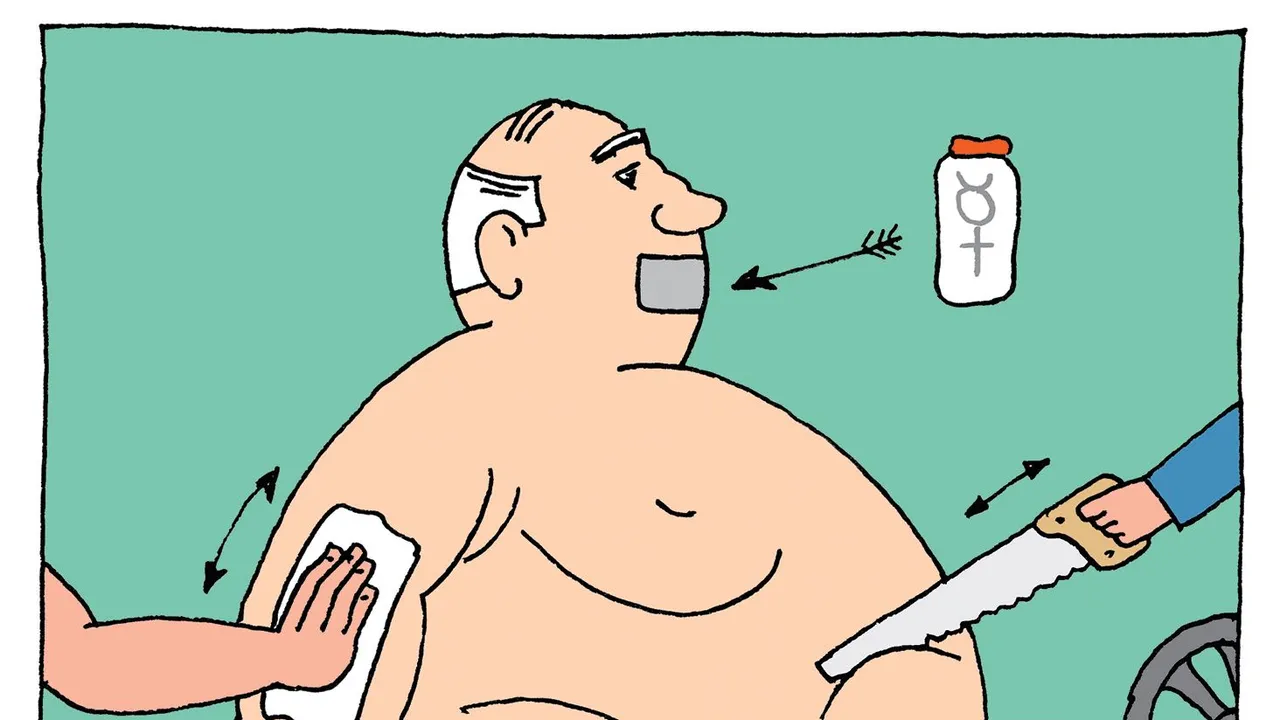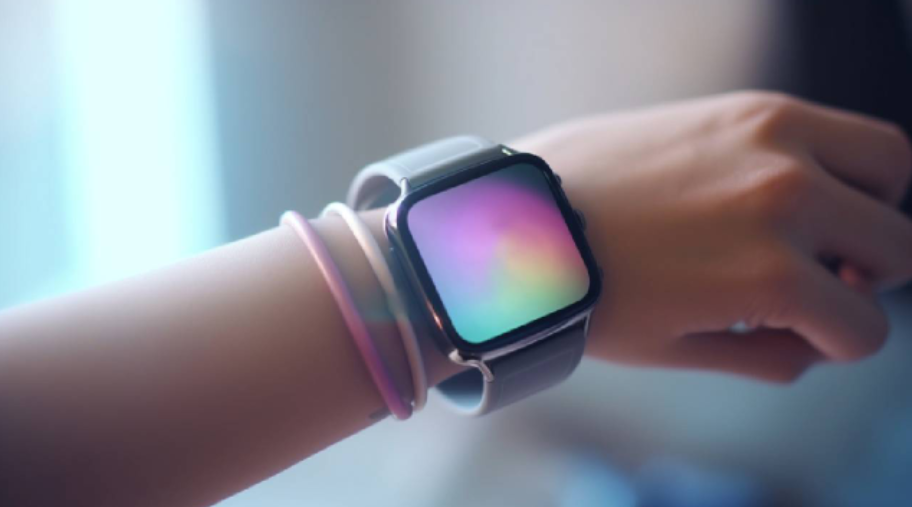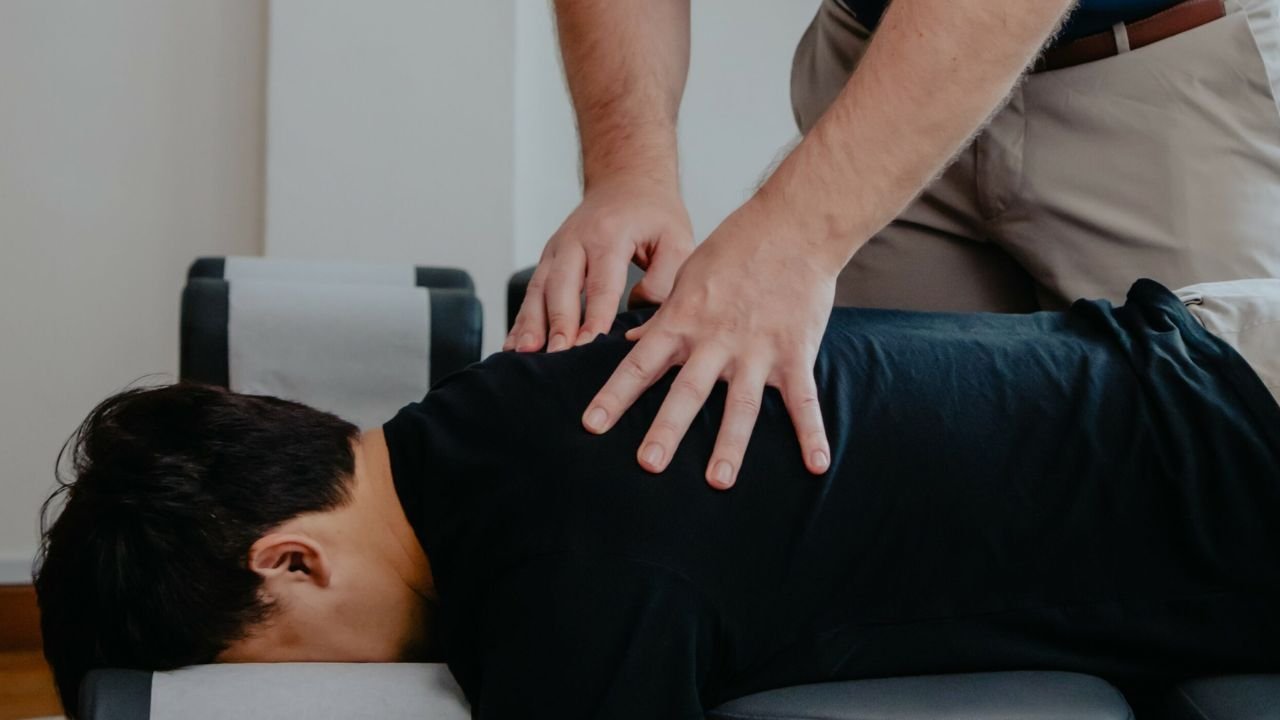Bariatric surgery is life-changing for many patients. It gives them the chance to lose weight that’s negatively impacting their life. While this procedure can help them to lead a healthier life, it has a major downside – excess skin and other less-than-desirable body impacts.
For the individuals who are able to have bariatric surgery, finding ways to improve their self-image once they hit their target weight is critical. Post-bariatric surgery is a general term that plastic surgeons, such as Dr. Joel Aronowitz, use to encompass a variety of procedures that are used to help produce the desired body contouring.
What procedures are part of the post-bariatric surgery program?
The exact procedures a person has depends on their trouble areas. These aren’t the same for all patients.
- Panniculectomy: This procedure removes the skin hanging below the belly button.
- Lower body lift: This tightens the skin from the thighs up to the abdomen and around the buttocks.
- Upper body lift: This focuses on tightens the skin on the upper arms and breasts.
- Neck contouring and face lift: These remove excess skin from the neck and face.
Some people may need other procedures, such as liposuction or feminine rejuvenation. Joel Aronowitz or another surgeon can discuss these areas with the patient to determine if these procedures are necessary.
What is the recovery like?
The exact recovery depends on the procedures that are done as part of the post-bariatric surgery process. Skin removal may be done outpatient, but the recovery can last up to six weeks. In some cases, the person may have temporary drains placed for a few days to a couple weeks.
Light lifting is usually necessary during the healing process. Returning to work is usually possible after the first two weeks, but people who have physically demanding jobs may be out for six to eight weeks while they heal enough to return to work.
During the recovery time, the patient should ensure they’re eating a healthy diet and staying hydrated can help to improve the recovery. It also helps to encourage good decisions about those matters in the future.
While it might be tempting to exercise during recovery, it’s critical to follow the surgeon’s instructions. Those likely include strict activity restrictions that must be followed precisely. Failing to follow those instructions can lead to problems with the healing, some of which may produce less-desirable results that could have been prevented with proper aftercare.











